Signing my certificates of authenticity for my 20×200 prints! On sale tomorrow @ 2PM EST!
A SATURDAY MORNING (FROM THE FUTURE)
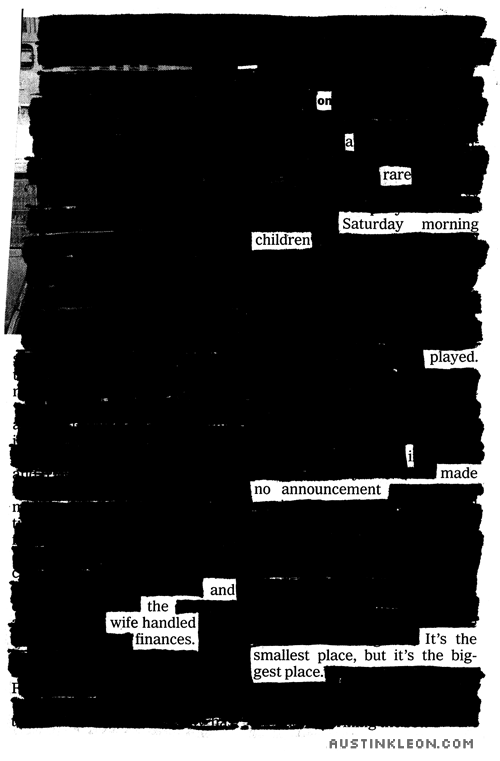
FIVE DE-SIGNS FOR FRIDAY
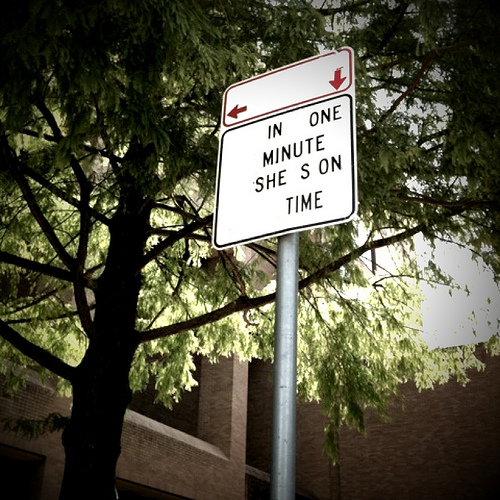
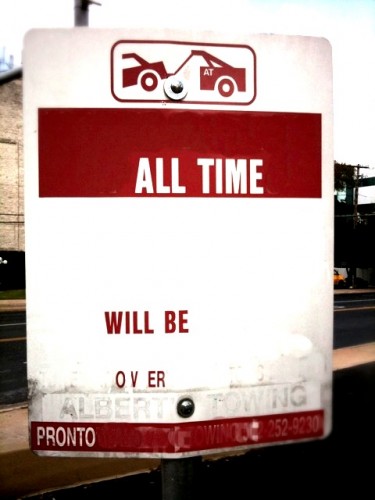
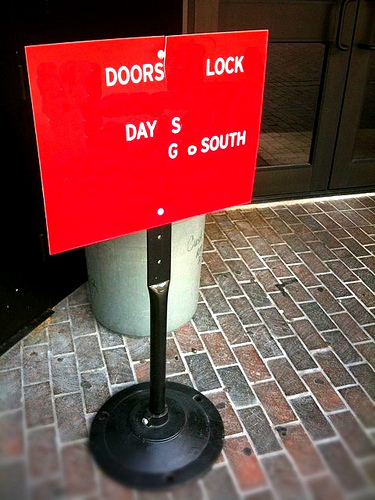
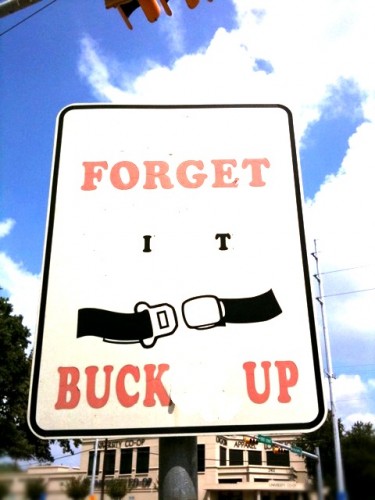
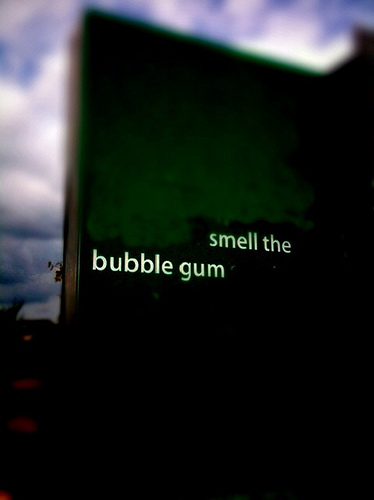
All taken with my iPhone camera, altered in iRetouch, filtered through CameraBag or Tilt-Shift Generator.
TOOLS
Derek writes in,
I am very new to drawing and wondered if there are any pens that you would recommend…
I don’t recommend any particular drawing tools, because I think tools are very personal and idiosyncratic–I mean, the tools that work for one artist might not work for another. One of my artist friends won’t draw with anything more than a .5mm mechanical pencil. I, on the other hand, don’t like to draw with anything less bold than a 1mm gel pen.
Regardless, here’s a list of what I carry around in my bag:
- Miquelrius 300 page flexible notebook
I can never decide on gridded vs. blank. Blank makes for prettier drawings, but gridded is great for taking notes. - Pentel Pocket Brush Pen
- Sharpie Fine Point Marker
- Pilot G2 Gel Pen (1.0mm BOLD)
- 8-pack of Crayola crayons
The tools change, based on the occasion: when I go out with my wife to a movie or a concert, I carry a Sharpie or a gel pen and a stack of index cards.
Feel free to share your own favorite notebooks/drawing tools for Derek in the comments!
20×200 NEWSPAPER BLACKOUT POEM PRINTS!

After a summer of promising y’all prints, I’m really happy to announce that Jen Bekman and the folks at 20×200 are releasing two editions of newspaper blackout poem prints next week on Tuesday, September 29th!
If you’re not familiar with 20×200, here’s the formula:
(limited editions x low prices) + the internet = art for everyone
Blackout poems for everyone! Prints as cheap as $20. Recession friendly. I hope y’all will buy one or two.
I’ll post images of the poems on Tuesday, but until then, you can subscribe to their really great mailing list to get advance notice of when they become available.
More on Tuesday!
- ← Newer posts
- 1
- …
- 455
- 456
- 457
- 458
- 459
- …
- 640
- Older posts→
